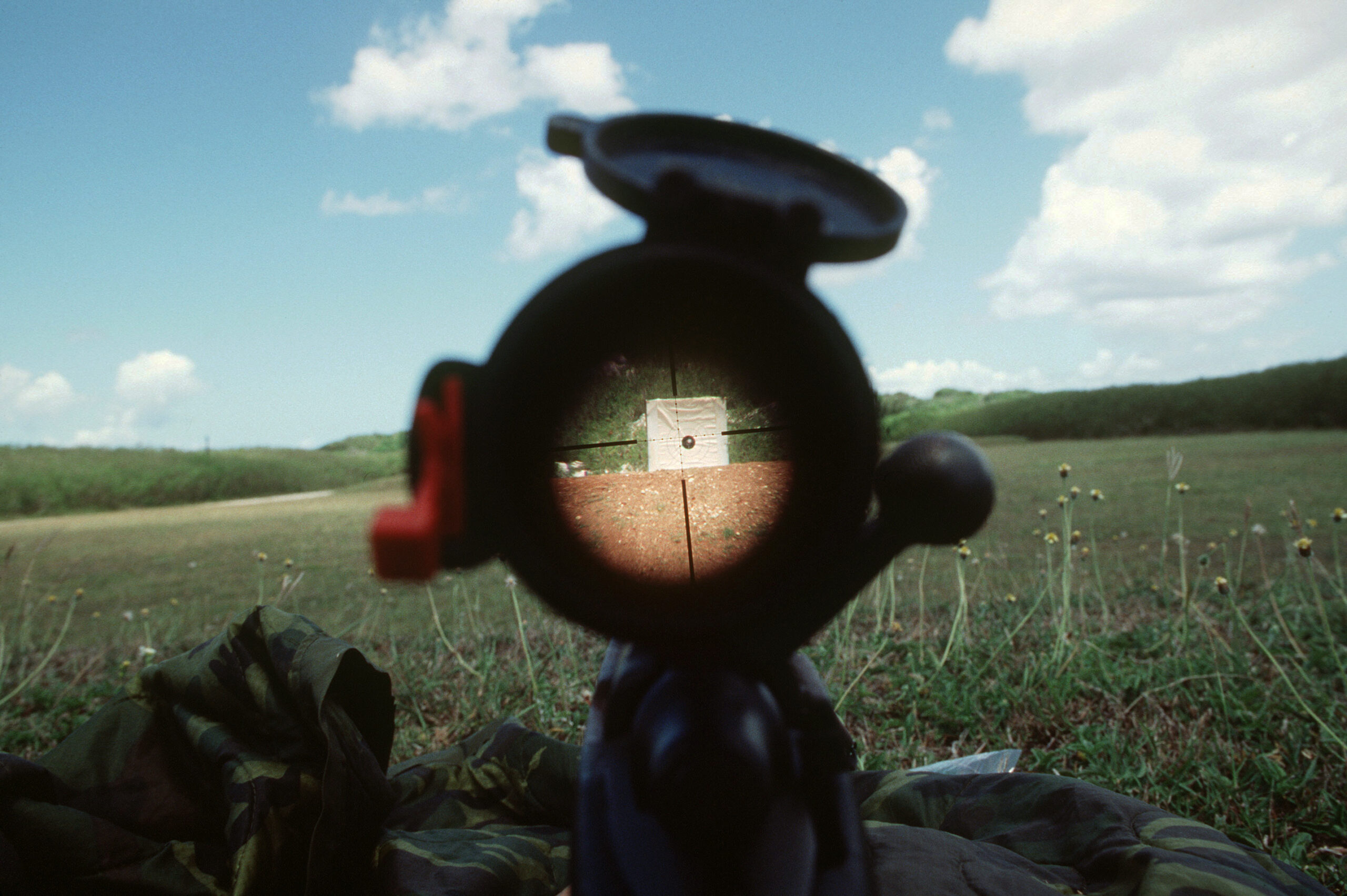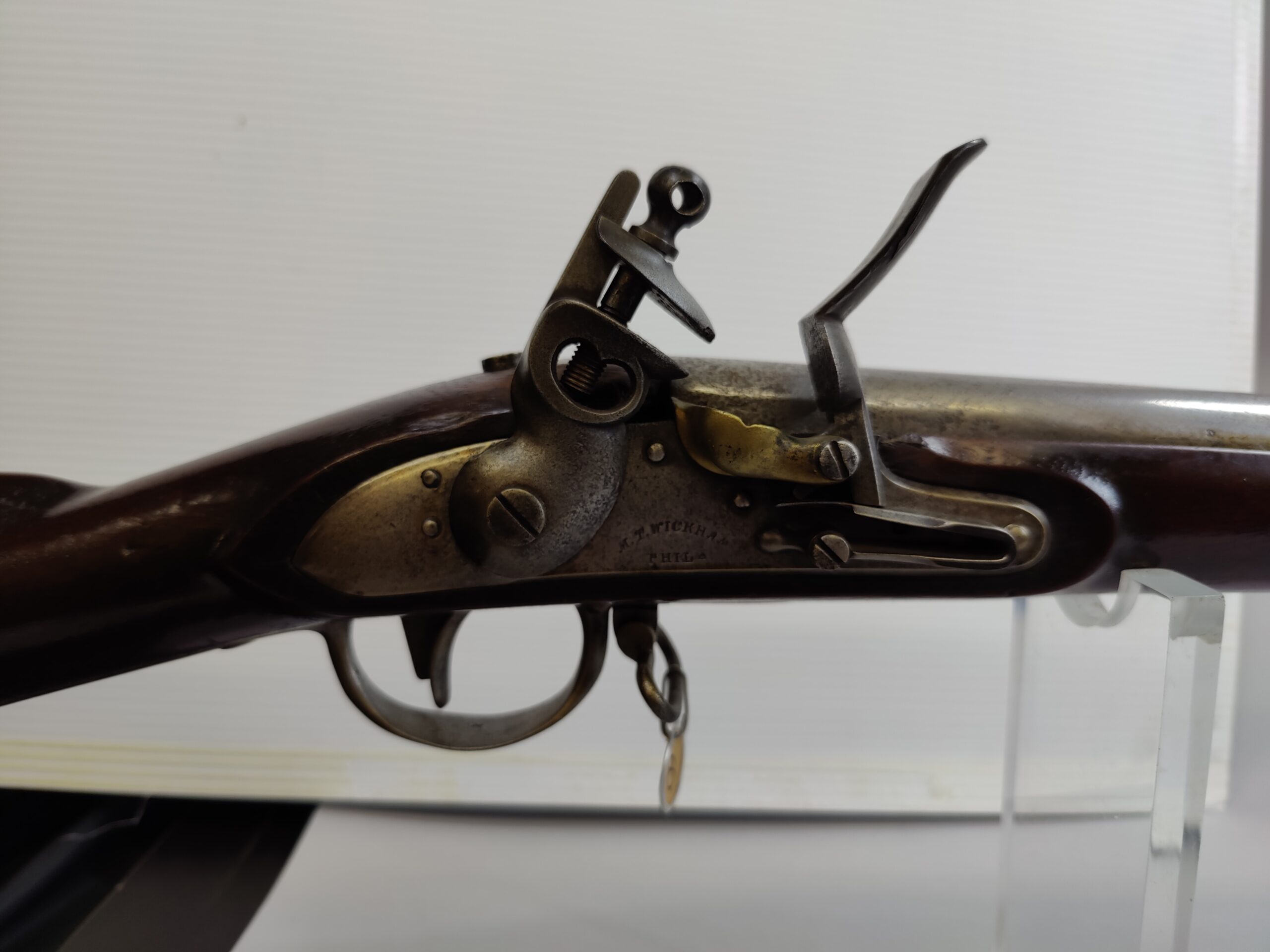I’ll be the first to admit it: optical sights can be complicated. Those of us who actively research firearms and keep up on gun industry news easily forget how opaque some of our terminology can be to people who actually have lives and have neither the time nor the inclination to do the same. Namely, the label on the side of a scope box is full of information which, while useful, isn’t necessarily intuitive. This is the first entry in what will become a series of blog posts deciphering optics terminology for prospective buyers who know nothing or next to nothing about firearm optical sights.
Conventional Scope Basics
I’ll get into the more complicated terminology in a future blog post, but there are five major parts of a scope you need to know about. The lens at the front, through which light enters, is called the objective lens. The lens in the rear of the eyepiece, into which the shooter looks, is called the ocular lens. The adjustment knobs on the top and left side are called turrets; the one on the top adjusts for elevation (up and down), whereas the one on the side adjusts for windage (side to side). Those turrets are mounted to the tube, or scope body. When you look through a scope, the crosshair or other aiming system you see superimposed over the background image is known as the reticle.
Primary Specifications
The most important set of numbers you need to understand when looking at a riflescope will look something like “1-8×24” or “3-9×40.” You’ll find the primary dimensions on the front of the box as part of the product name; they’re often also laser-engraved on the side of the optic itself. The first two numbers are the magnification range. “3-9” means that the scope can be continuously adjusted between 3 and 9 power. “1-8” means that the scope can go as high as 8× magnification or as low as 1×, which is the same as what your eyeballs see un-augmented.
The third number is the size of the objective lens in millimeters. The larger the area of the objective lens, the more light it will gather, and the brighter the image will appear. Re-read that last sentence carefully. Area is given in square millimeters (or another square unit). Comparing a Vortex Razor HD LHT 3-15×50 to the same scope with a 42mm objective lens, the ×50 looks like it should gather about 19% more light, because 50 is about 19% greater than 42. In reality, you should be comparing the 50 mm objective lens’ 7,854 mm² area against the 42 mm objective lens’ 5,542 mm² area, a difference of a whopping 41.7%. The larger objective lens will also add slightly more weight to its scope, which may not be desirable for a hunting rifle. In addition, the actual brightness and clarity of the image depends heavily on other factors, such as the quality of the glass, which can’t be compared directly between different product lines or different manufacturers.
Secondary Specifications
One of those other factors affecting a scope’s brightness and clarity is the diameter of the tube. The wider the tube, the wider the internal lenses can be, thus allowing for theoretically better light transmission. More importantly, though, is the tube diameter’s effect on your choice of mounting system. Riflescopes typically come in three standard tube sizes: 1”, 30 mm, and 34 mm; 30 mm is the most common. When you buy a scope, make absolutely sure to check the tube size on the box or product page before you buy a pair of rings or cantilever mount.
The other secondary dimension of note is eye relief. Simply put, eye relief is how far your eye needs to be from the ocular lens to get the best picture. Now, eye relief actually changes slightly depending on the magnification level you have set, so you may need to move your face on the gun or adjust the diopter (focusing ring) on the eyepiece when you make large changes in magnification level. Most scopes have an advertised eye relief around 3.5”; scout scopes and handgun scopes will have much longer eye relief, generally around 6”-10” for the former.
Minor Specifications
When you look at a scope box or product page, you’ll see a handful of other facts and figures listed, most of which are self-explanatory. One thing to take note of is the adjustment gradation, which is the amount by which the reticle moves with each click of a turret. This is given in either milliradians (mils/mrad) or minutes of arc (MOA). These are both arc measurements, which subtend a sphere, meaning they can’t be converted 1:1 to linear measurements, but you don’t need to worry about that if you’re a regular everyday shooter. Just know that 1 MOA is equal to about 1.047 inches at 100 yards and 1 inch at the same distance is equal to about 0.955 MOA. The two measurements are close enough that people often throw around MOA and inches per hundred yards like they’re the same thing, but there is a difference. As for mils, there are 3.44 to the MOA and 3.6 per inch at 100 yards.
Conclusion
Hopefully the information above will help you begin to decipher the specifications of magnified scopes you see on websites like OpticsPlanet or in your local gun store. Of course, this one blog post alone can’t serve as a universal guide for prospective buyers, so as I mentioned at the beginning, there will be more entries. The follow-up, which I’ll link here at a later date, will break down feature lists. What does “fully multi-coated” mean? Is a second focal plane reticle any good? Check out my next Introduction to Optics post to find out.




